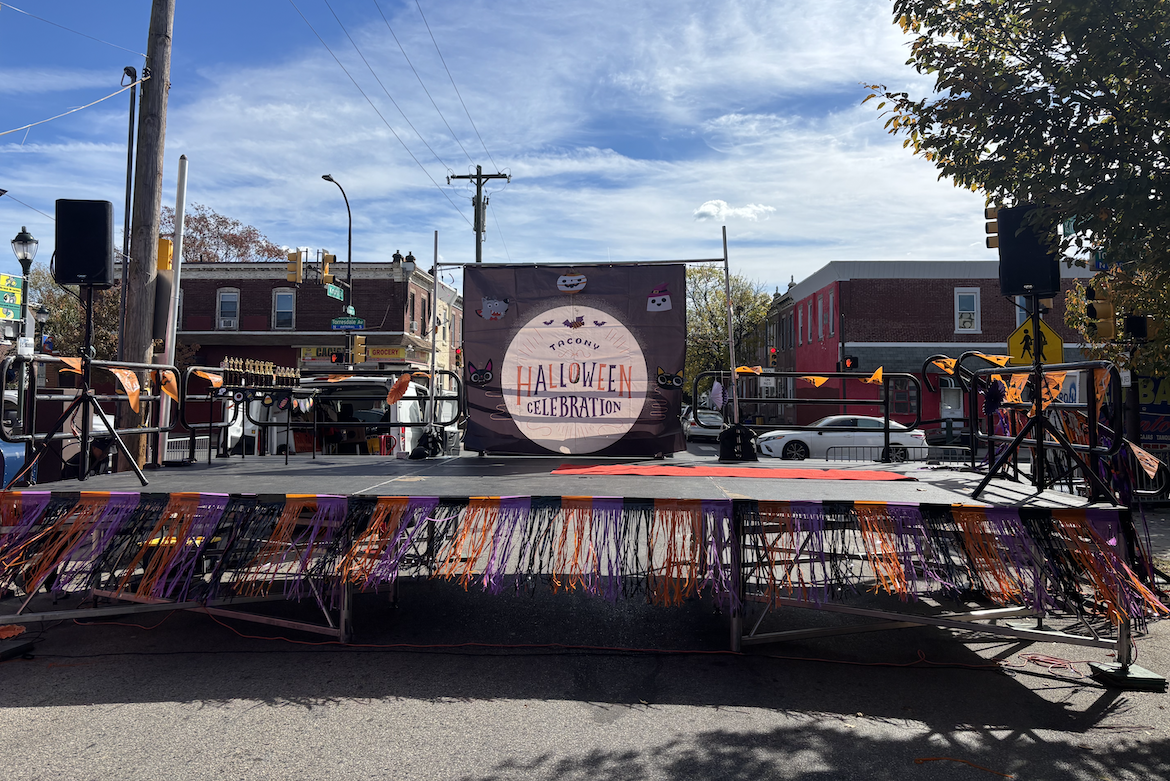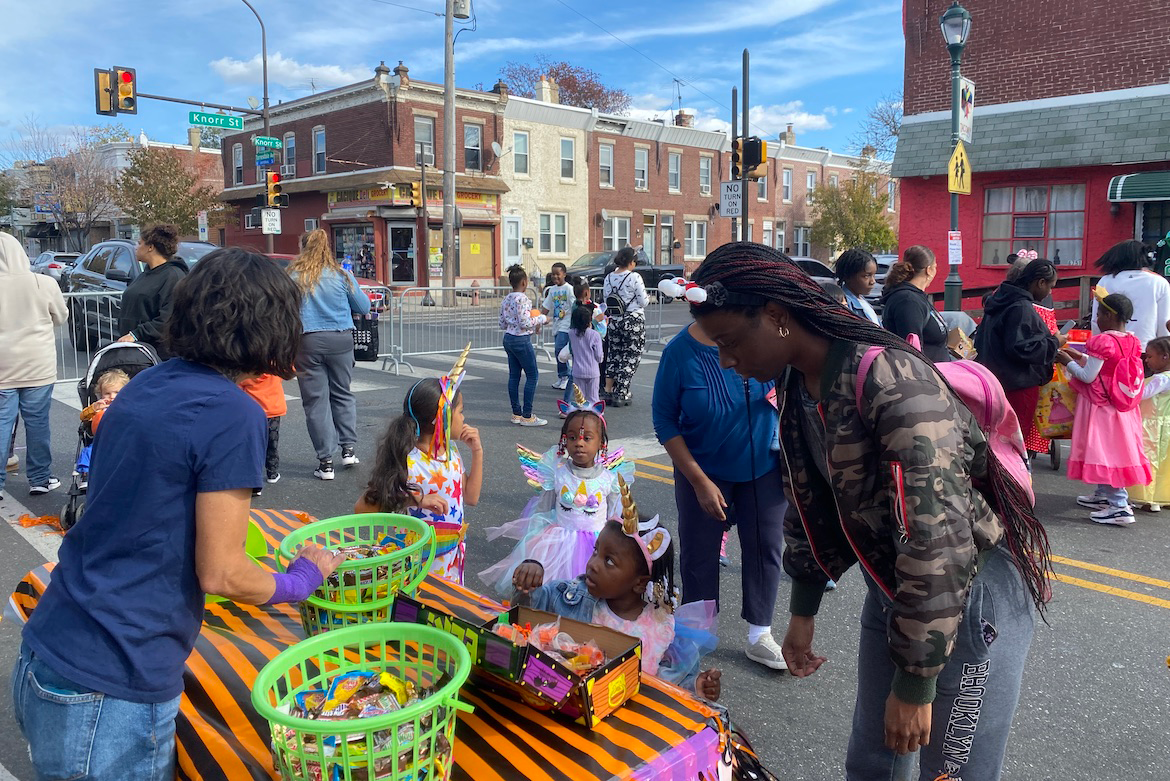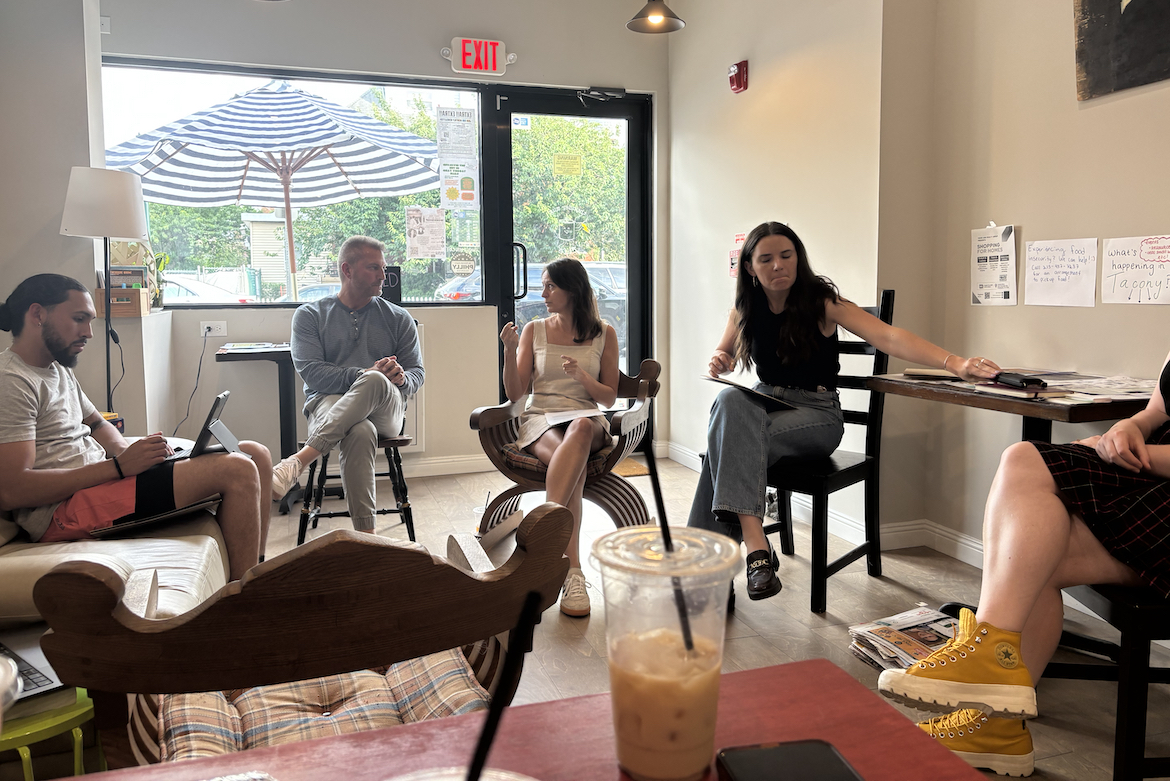The Disston Memorial Church was constructed between 1885-1886 and established by Mary Disston, the wife of Henry Disston, in memory of their late daughter Mary Disston Gandy, who died at 26. The Disston family were prominent members of the Oxford Presbyterian Church, located at Oxford and Broad Streets. Though the majority of the Keystone Saw Works employees were Roman Catholic and not Presbyterian, Mrs. Disston chose to erect a Presbyterian Church to honor her daughter. This particular church was of special importance to Mrs. Disston, though she was not a member.
Mrs. Disston called on the architect Edwin F. Durang to design the church building. She was familiar with his work as he had designed the Oxford Presbyterian Church, of which she was a member, and the home of her son, Albert. Durang was a prolific architect in Philadelphia and mostly designed buildings for the Roman Catholic Church. It is a testament to the importance of the Disston name that he agreed to design the Disston Memorial Presbyterian Church. Interestingly, Durang’s records refer to the church as the “Cumberland Disston Memorial Presbyterian Church,” suggesting that this congregation was of the more conservative Cumberland denomination of Presbyterianism at the time of founding.
The cornerstone was laid in 1885, and the church was officially organized under the Philadelphia Presbytery North in April of 1886. In June of 1886, the Reverend David W. Woods, Jr. was installed as the first pastor. At the time, there were only 12 members of the church and two elders. By 1891, Reverend David Wills was installed as pastor and there were 141 members, as well as 181 participants in the Sunday School headed by Elias Naudain Moor. The Reverend Reeve became pastor in 1902, during his residence he began the Dorcas Society, the Home Department of the Sunday School, the Ushers’ Association, and the Cradle Roll of the Sunday School.
In 1908, construction on the parish house began. It was contracted to Harry Zimmerman and completed in time for the Rev. McBride to take residence in 1909. In 1911, an organ was installed and dedicated to the memory of Mrs. Mary Disston, who had passed away in 1895. Following her death, every church in the area except this one was closed for Sunday Worship so that hundreds of people could attend the service held for her at the Disston Memorial Church. The organ which had been dedicated in her honor was so important to the congregation that when it suddenly died on Easter Sunday in 2010, a century after its installation, rather than replace it entirely the congregation raised more than $5000 to rebuild the motor unit.
Membership continued to nnnn grow through the years, and in 1913 a new Sunday School became a necessity. At that time, there were 580 students at the Sunday School and 250 members of the Rev. McBride’s Bible class. Philadelphia’s Mayor Blankenburg laid the cornerstone for the new Sunday School on September 20, 1913. It was initially constructed as a 1 story building with a basement and cost about $12,000. The exterior was sandstone with stone trimmings, and the interior was finished with chestnut wood. The first floor contained an auditorium with a capacity of about 600, and the basement contained a gym and recreation room. The parish house was also included in the 1913 construction project; it was fully furnished with electricity for the comfort of the Reverend McBride.
Between 1925 and 1927, the Sunday School and a garage were completed from the plans of architect Samuel D. Milner by the contractor Roy Randall. The new construction, containing 2 stories and 2 galleries, was dedicated in 1927. It was constructed in brick and stone with a slate roof and ornamental ironwork.
Through the late 20th Century and into the 21st, a core group ranging between 80 and 150 members remained active until a decline in membership led to the church’s dissolution on November 17, 2020. Though it is still used for church services, it is no longer operational as the Disston Memorial Presbyterian Church, but as the Victory Outreach Church of Philadelphia, which began operating in the Spring of 2021. Despite the changes brought on by time, its buildings still bear the name of the Disston family and serve as a longstanding physical reminder of Tacony’s history.
Sources:
https://books.google.com/books?id=rEpDAAAAYAAJ&pg=PA189&lpg=PA189&dq=disston+memorial+ch...
https://books.google.com/books?id=rEpDAAAAYAAJ&pg=PA189&lpg=PA189&dq=disston+memorial+ch...
http://philageohistory.org/rdic-images/view-book-uv.cfm/PhilaBuildersGuide_v11_1896#?ft=&q=%22di...
http://philageohistory.org/rdic-images/view-book-uv.cfm/PhilaBuildersGuide_v18_1903#?ft=&q=%22di...
http://philageohistory.org/rdic-images/view-book-uv.cfm/PhilaBuildersGuide_v18_1903#?ft=&q=%22di...
http://philageohistory.org/rdic-images/view-book-uv.cfm/PhilaBuildersGuide_v28_1913#?ft=&q=%22di...
http://philageohistory.org/rdic-images/view-book-uv.cfm/PhilaBuildersGuide_v40_1925#?ft=&q=%22di...
http://philageohistory.org/rdic-images/view-book-uv.cfm/PhilaBuildersGuide_v42_1927#?ft=&q=%22di...
http://philageohistory.org/rdic-images/view-book-uv.cfm/PhilaBuildersGuide_v41_1926#?ft=&q=%22di...
.jpg)
.jpg)
.jpg)
.png)



.png)
